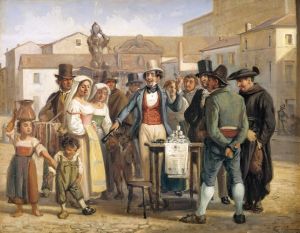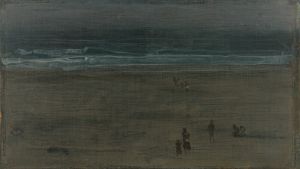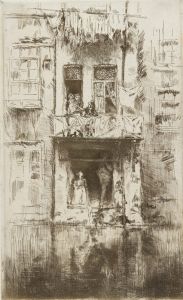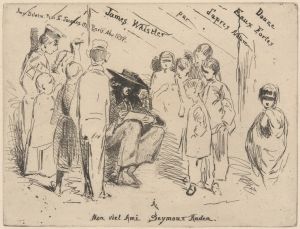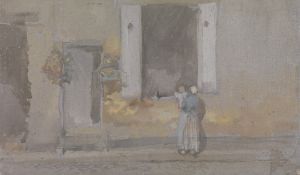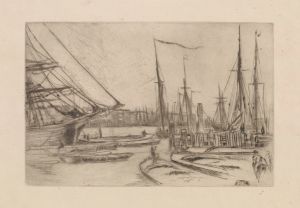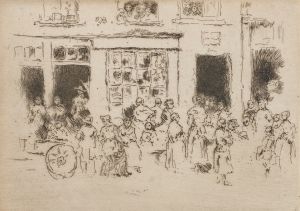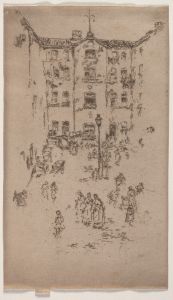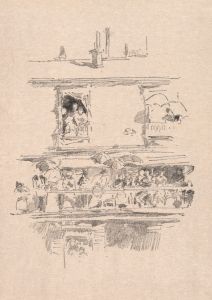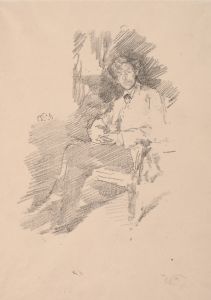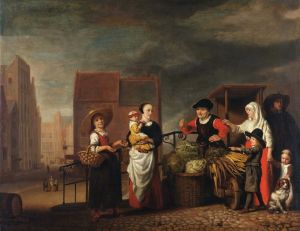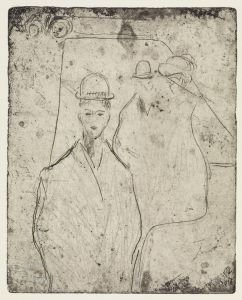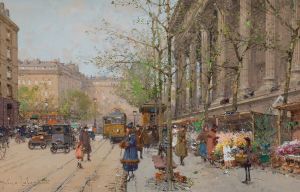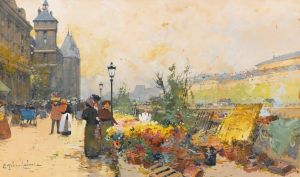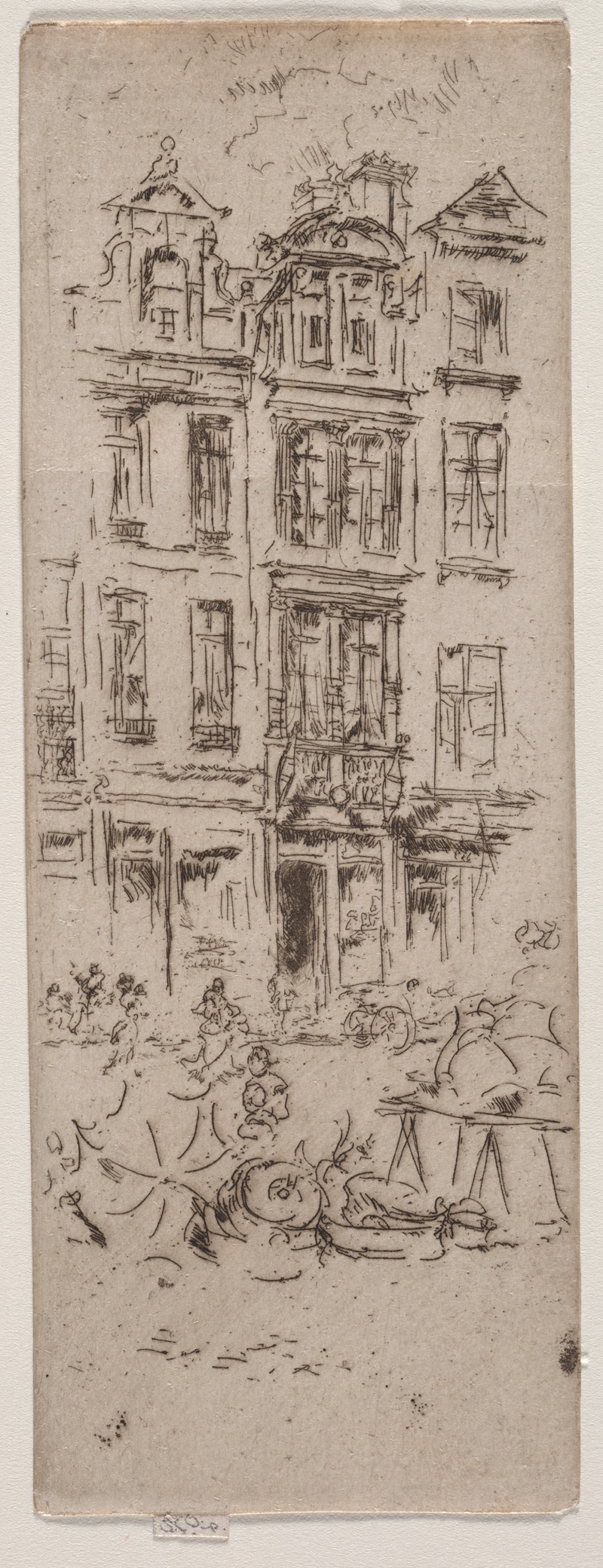
Flower Market, Brussels
A hand-painted replica of James Abbott McNeill Whistler’s masterpiece Flower Market, Brussels, meticulously crafted by professional artists to capture the true essence of the original. Each piece is created with museum-quality canvas and rare mineral pigments, carefully painted by experienced artists with delicate brushstrokes and rich, layered colors to perfectly recreate the texture of the original artwork. Unlike machine-printed reproductions, this hand-painted version brings the painting to life, infused with the artist’s emotions and skill in every stroke. Whether for personal collection or home decoration, it instantly elevates the artistic atmosphere of any space.
James Abbott McNeill Whistler's "Flower Market, Brussels" is a painting that exemplifies the artist's distinctive style and his interest in capturing the essence of urban life. Whistler, an American-born artist who spent much of his career in Europe, is renowned for his contributions to the Aesthetic Movement, which emphasized art for art's sake and prioritized beauty and harmony over narrative content.
"Flower Market, Brussels" is believed to have been created during Whistler's travels in Europe, a period when he was deeply influenced by the cities he visited and the vibrant street scenes he encountered. Whistler's work often focused on the interplay of light and color, and this painting is no exception. It captures the lively atmosphere of a flower market in Brussels, a city known for its rich cultural heritage and bustling marketplaces.
The painting is characterized by Whistler's signature use of a limited color palette and his ability to convey mood and atmosphere through subtle tonal variations. His technique often involved the use of thin layers of paint, creating a sense of depth and luminosity. In "Flower Market, Brussels," Whistler employs these techniques to depict the delicate textures of flowers and the dynamic interactions of market-goers.
Whistler's approach to composition in this painting reflects his interest in Japanese art, particularly the use of asymmetry and the focus on capturing a moment in time. The influence of Japanese prints, which were popular in Europe during the late 19th century, is evident in the way Whistler frames the scene, allowing the viewer to feel as though they are part of the bustling market.
The painting also demonstrates Whistler's departure from the more detailed and realistic styles of his contemporaries. Instead, he opts for a more impressionistic approach, focusing on the overall impression of the scene rather than precise details. This technique allows the viewer to experience the vibrancy and energy of the market, as well as the transient beauty of the flowers on display.
Whistler's work, including "Flower Market, Brussels," has been influential in the development of modern art. His emphasis on mood, color harmony, and the aesthetic experience paved the way for future movements such as Impressionism and Symbolism. Whistler's ability to capture the spirit of a place and moment in time continues to resonate with audiences today.
While specific details about the provenance and current location of "Flower Market, Brussels" may not be widely documented, the painting remains an important example of Whistler's artistic vision and his contribution to the art world. Through his innovative techniques and unique perspective, Whistler has left a lasting legacy that continues to inspire artists and art enthusiasts alike.





